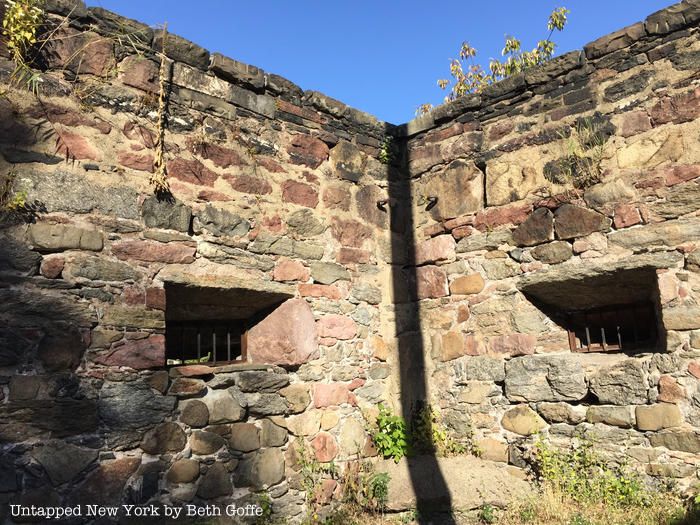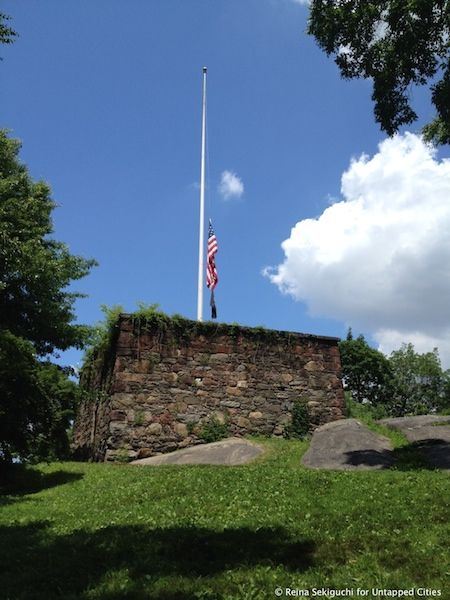Last Chance to Catch NYC's Holiday Notalgia Train
We met the voices of the NYC subway on our nostalgia ride this weekend!


Throughout history, New York City has played an important strategic role in many historic wars. The remnants of those conflicts can be found all over the five boroughs in the form of forts, cannons, monuments, and more. The historic Blockhouse in Central Park is one such remnant. Built during the War of 1812, the blockhouse was one of many fortifications in New York City meant to protect against British attack. It is the second oldest structure within the park and predates the park itself.
Assuming that the British would attack from the harbor, New Yorkers originally built forts along the waterfront at the southern end of Manhattan. When the British attacked from Long Island and Connecticut instead, New Yorkers realized that they weren’t prepared to defend northern or eastern Manhattan. To compensate for this oversight, new forts were hastily built in Harlem in the area now known as Morningside Heights. Blockhouse No. 1, as the Central Park blockhouse was called, is the only one that has survived.

A rare look inside the blockhouse from Beth Goffe
The blockhouse’s uneven stonework is evidence of the urgency with which it was built. General Joseph Swift recruited volunteers from all walks of life to help build the fort. Columbia College students, firemen, butchers, and Free Masons were some of the men who pitched in. The volunteers even brought their own materials. This accounts for the variety of different stones used in the construction, including Manhattan schist and red sandstone. You can see the uneven work and various stones in the rare photograph of the inside of the blockhouse above.
The blockhouse of Central Park consisted of a two-story bunker and a sunken wooden platform with a revolving turret for a cannon. You can see the small gunports soldiers used to keep an eye out for the British. At the height of its use, over 2,000 militiamen were stationed within its tight quarters. Construction was finally complete in 1814, days before the Treaty of Ghent marked an end to the war. None of the Harlem forts ever saw action.

After the Treaty of Ghent was signed, the blockhouse was promptly abandoned. The walls of the fort were heightened by two feet of stone and for a short time, it was used as a storage facility for ammunition. The blockhouse was eventually abandoned. When Central Park expanded northward, designers Olmsted and Vaux incorporated the fort into their naturalistic plans. The duo saw the ruin as a romantic symbol of an earlier era and left it to be picturesquely overtaken by vines. The blockhouse is the second oldest structure in the park after Cleopatra’s Needle.
Though two historic plaques were dedicated to the site, once in 1905 and again in 1993, they were both stolen! The fort stands as a mysterious ruin that visitors who happen upon it in the woods of northern Central Park must discover for themselves.
Next, check out 18 of NYC’s Former Military Forts and 10 Historic Ruins and Remnants Inside NYC’s Central Park
Subscribe to our newsletter